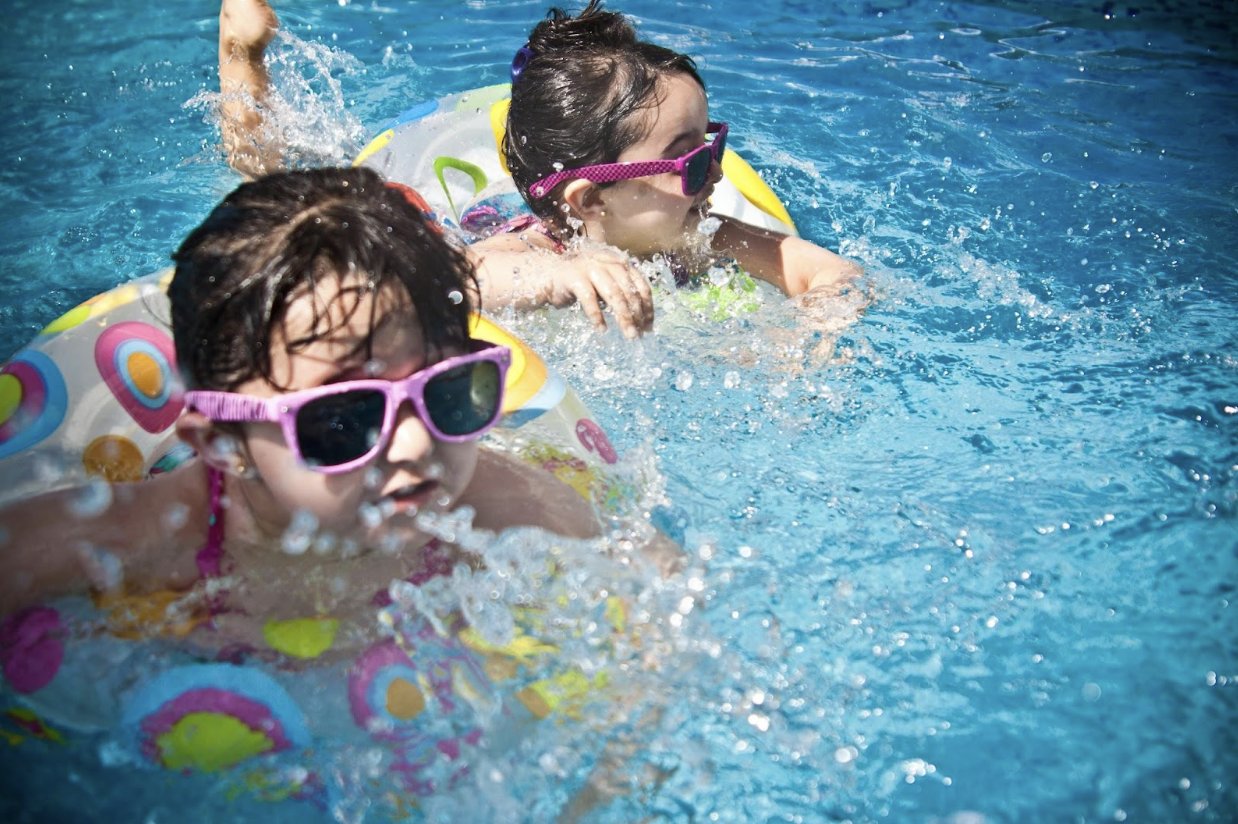What Makes a Pool Safe for Children

Swimming pools offer endless hours of fun and exercise for families, but when children are involved, safety becomes a top priority. Drowning remains one of the leading causes of accidental death in young children, which makes it important for parents and caregivers to understand what truly makes a pool safe. A child-safe pool is about smart design, secure barriers, safety equipment, and constant vigilance. Whether you already have a backyard pool or are planning to install one, taking proactive measures can make all the difference in preventing accidents and ensuring peace of mind.
Secure Fencing and Barriers
The first and most effective layer of pool safety is proper fencing and barriers. A pool should always be enclosed by a fence at least four feet high, with a self-closing and self-latching gate that opens outward and locks automatically. This prevents unsupervised access by toddlers who may wander outside. Vertical slats or mesh designs are preferable since they prevent climbing, while the gate latch should be positioned high enough to stay out of children’s reach. Pool owners can install alarms on gates and doors leading to the pool area, providing an extra layer of security if a child attempts to enter without permission.
Regular Maintenance and Water Quality
Keeping your pool clean and safe requires consistent upkeep to ensure the water remains clear, balanced, and healthy for swimmers. Regular maintenance involves checking chlorine and pH levels, cleaning filters, and inspecting tiles and ladders for damage. Many homeowners rely on professional pool service and maintenance in Sydney to handle routine care when balancing chemical levels and inspecting equipment becomes complex. Clean, well-circulated water prevents the growth of harmful bacteria and algae while reducing the risk of skin irritation and illness. Staying consistent with pool maintenance extends the life of your pool and ensures a safe, enjoyable swimming environment for the entire family.
Non-Slip Surfaces and Safe Design
Another vital feature of a child-safe pool is its design and surface material. The area surrounding the pool should be made of non-slip materials such as textured concrete, rubberized coatings, or specially designed tiles to prevent falls and injuries. Pool edges should be rounded rather than sharp, and ladders or steps should have handrails for added stability. In shallow areas, having a gradual slope rather than a sudden drop-off helps children feel more secure and allows them to stay within their depth. Color contrast on pool steps and edges helps make these areas more visible to young swimmers, reducing the likelihood of missteps.
Proper Depth and Child-Friendly Features
When designing or choosing a pool, depth plays a crucial role in child safety. A safe children’s pool should have a shallow area that allows kids to stand comfortably, usually no more than three feet deep. Including a wading or splash zone can provide younger children with a safe space to enjoy the water under supervision. Features like gradual entry points, similar to a beach entry or “zero-depth” slope, make it easier for children to get in and out without assistance. Some modern pools even include safety ledges or platforms around the perimeter where kids can rest if they become tired.
Important Safety Equipment
Even with all precautions, accidents can still happen, which is why having proper safety equipment readily available is crucial. Every pool area should include life-saving tools such as life rings, reaching poles, and a first aid kit. Pool alarms and underwater motion sensors can alert adults if someone enters the water unexpectedly. For families with younger children, equipping them with Coast Guard-approved flotation devices, not inflatable toys, is a must. Pool covers are another valuable safety feature; when securely fastened, they prevent accidental falls into the water. Regularly checking and maintaining all this equipment ensures that it functions correctly in an emergency.
Constant Supervision and Swimming Education
While equipment and barriers are critical, the most important element of pool safety is constant supervision. Children should never be left alone near or in the pool, even for a moment. Adults designated as “water watchers” should stay alert, avoid distractions like phones, and always maintain visual contact with children. Enrolling kids in age-appropriate swimming lessons can dramatically reduce drowning risks, teaching them basic water skills and confidence. Parents, too, should learn CPR and first aid to respond swiftly in an emergency. Supervision paired with education prevents accidents and helps children develop a healthy respect for the water.
Creating a safe pool environment for children requires a combination of physical barriers, thoughtful design, reliable equipment, and responsible supervision. Each of these factors contributes to reducing risk while allowing families to enjoy their time in and around the water. When parents and caregivers stay proactive, by maintaining the pool, teaching swimming skills, and enforcing safety rules, they build confidence and foster safer swimming habits for everyone. A child-safe pool is a commitment to protecting what matters most, and that's your family’s safety and peace of mind.






